
In a relatively small, yet extremely influential corner of the 2A internet, Frank Woods of Tactics & Applications stands as one of the industry’s most outspoken, sometimes controversial figures. We recently sat down with Woods to discuss his reputation as a provocateur, his background, who qualifies as a “subject matter expert,” the creation of Tactics & Applications, and his recent purchase of Lightfighter.net, a longtime repository of some of the best information for professional firearms users available anywhere.
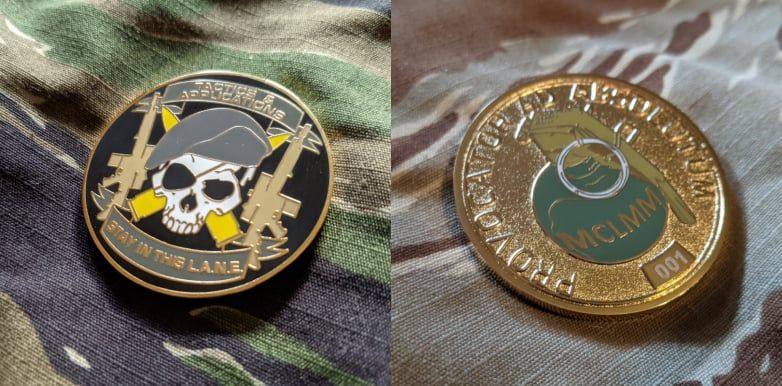
Q: Frank, thanks for joining us. We’re fans of your work, but also your fearlessness and commitment to higher standards. Can you give us a bit of background, and what some of your first experiences were with the AR platform?
Frank Woods, Tactics & Applications – I was born and raised in New York, and I’ve been a member of law enforcement in a major metro department for twelve years. That occupation was a step forward on the path I walk today, both in the firearms industry and the surrounding community.
I purchased my first AR-15 a few years prior to my start in law enforcement. This was around 2006, and we didn’t have the SAFE Act yet. For years, the 1994 Assault Weapons Ban was the law of the land, so when it did sunset in 2004, it was an exciting realization to see that we could now buy these firearms.
I recall dicking around on the internet one day looking at expensive airsoft guns. One of the websites happened to have a link to AR15.com. I browsed through the EE there and saw that for a few hundred bucks more, I could get the real thing.
I shopped around, found a pre-ban lower receiver, and I was able to build out my first AR. It was a lame “M4-forgery.” I didn’t know what brands were good or bad. I just wanted something that looked like an “M4.” Getting a pre-ban lower allowed me to remain in compliance with New York State law but also have an AR just as well as you would in any “free state,” as we like to call them.
Q: What were your first experiences with training and how did that come about?
Frank Woods, Tactics & Applications – Once I got on the job, the salary gave me more money to play with, which allowed for gear and training. I’d go to training classes locally and meet people and start building a network of friends. Eventually, in 2011, I found myself being fortunate enough to win an impromptu online raffle for a course, which turned out to be the “Law Enforcement Counter-Terrorism Class” aka LECTC 1 at DARC.
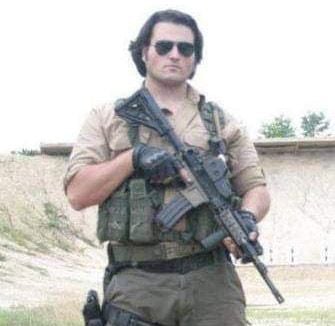
I was thrilled, but I was still a rookie with maybe two years on the job. There was a whole bunch of stuff on the packing list for that class that not only did I not have yet, but I wouldn’t be able to afford in the time it was needed, even as I was jamming out overtime.
Rich Mason, who had done the raffle, calmed any concerns I had, and told me he could lend me all the things that I needed, like a helmet and plates. Looking back, this is why I today own all the “cool guy” stuff that I own. There are a lot of pricks out there that say that ‘if you own a plate carrier and helmet, you’re just LARPing. You don’t use that shit for work, what business do you have buying it…’.
Really, my motivation for buying it all was because I hate mooching off other people. If I have to borrow something for a class, I’m not getting as much as I could out of the course because I’m worried about not breaking what I’m borrowing, instead of focusing on the lesson.
Attending that class at DARC opened a lot of doors for me in our circles, and I made a lot of friends I still have today, to include Rich Mason and Matt Landfair. It was that class that set me on the path that I am on to this day with Tactics & Applications and Lightfighter.net.
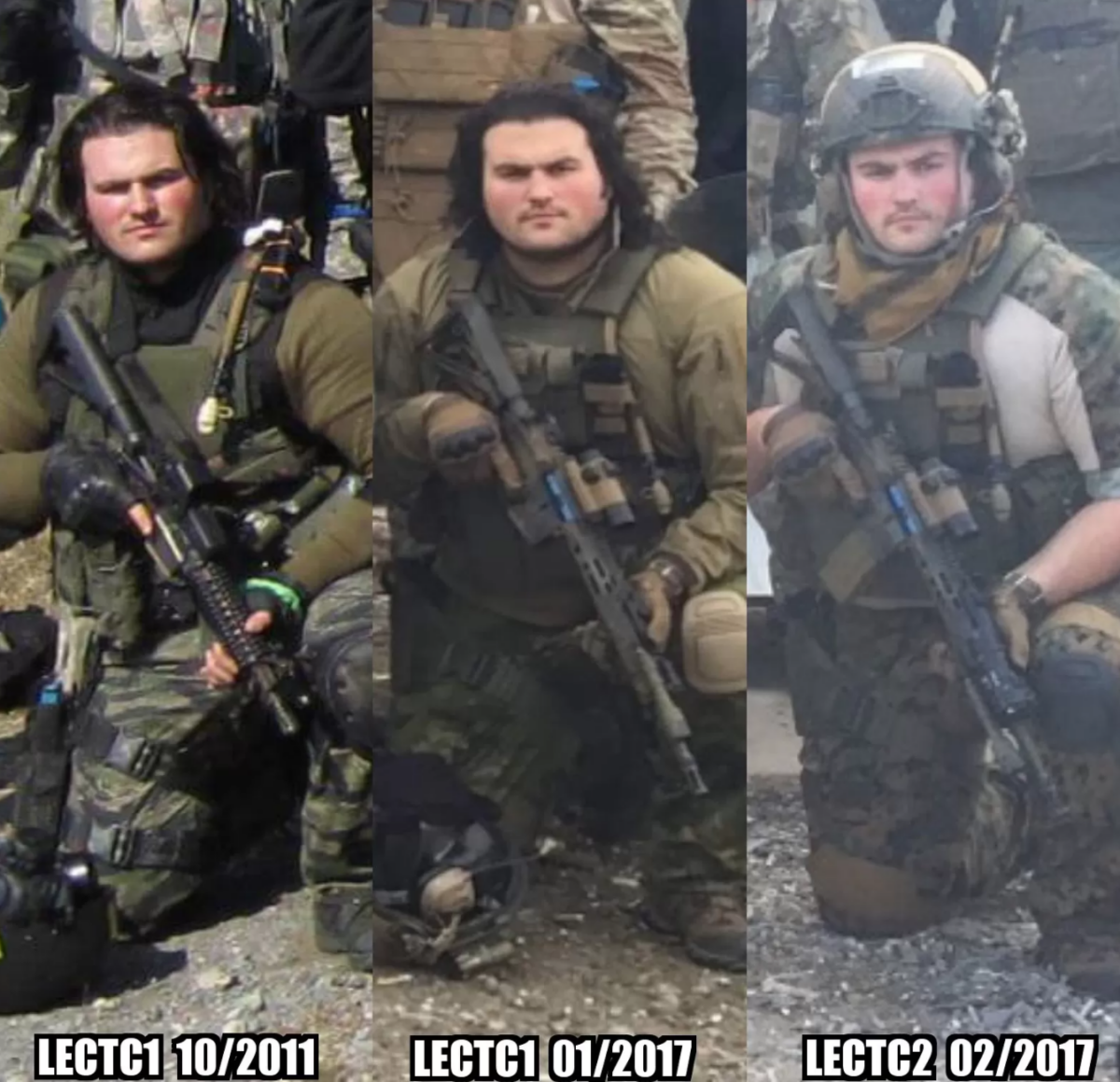
Q: Talk about what you’re up to online with Tactics & Applications, who it’s for, why it’s a good thing, etc.
Frank Woods, Tactics & Applications – Tactics & Applications is a private Facebook group that went live on February 15, 2017. It’s hidden and invite-only. Some might say it is an exercise in gatekeeping, but I consider it quality control these days. (laughs).
It was started after I got back from my third pass through DARC. Before social media, the web forum was the dominant means of socializing in whatever your community was; guns, cars, food, whatever. A web forum was the place to be for like-minded individuals.
Anyway, by the time Tactics & Applications came about, Facebook had usurped the web forum format as the place to be. You could speak directly with the true giants and movers and shakers in the industry. You could ask them a question, and they would answer to the best of their ability if they had the time. That said, there were issues.

I’d see recurring instances where “Personality A” would be rocking a piece of gear that was made by “Personality B,” a gun made by “Company C” in a class taught by “Company D” in a facility run by “Personality E,” sponsored by “Company F,” and the piece of gear was purchased from “Vendor G” and was designed by “Personality H.” It would go on and on.
— Frank Woods
Q: What sort of issues did you encounter?
Frank Woods, Tactics & Applications – There were a bunch of other people who, based on the belief that they were friends with these noteworthy people, would interject themselves into these Facebook conversations. They thought that they had authority by association, even though their input lacked the same value.
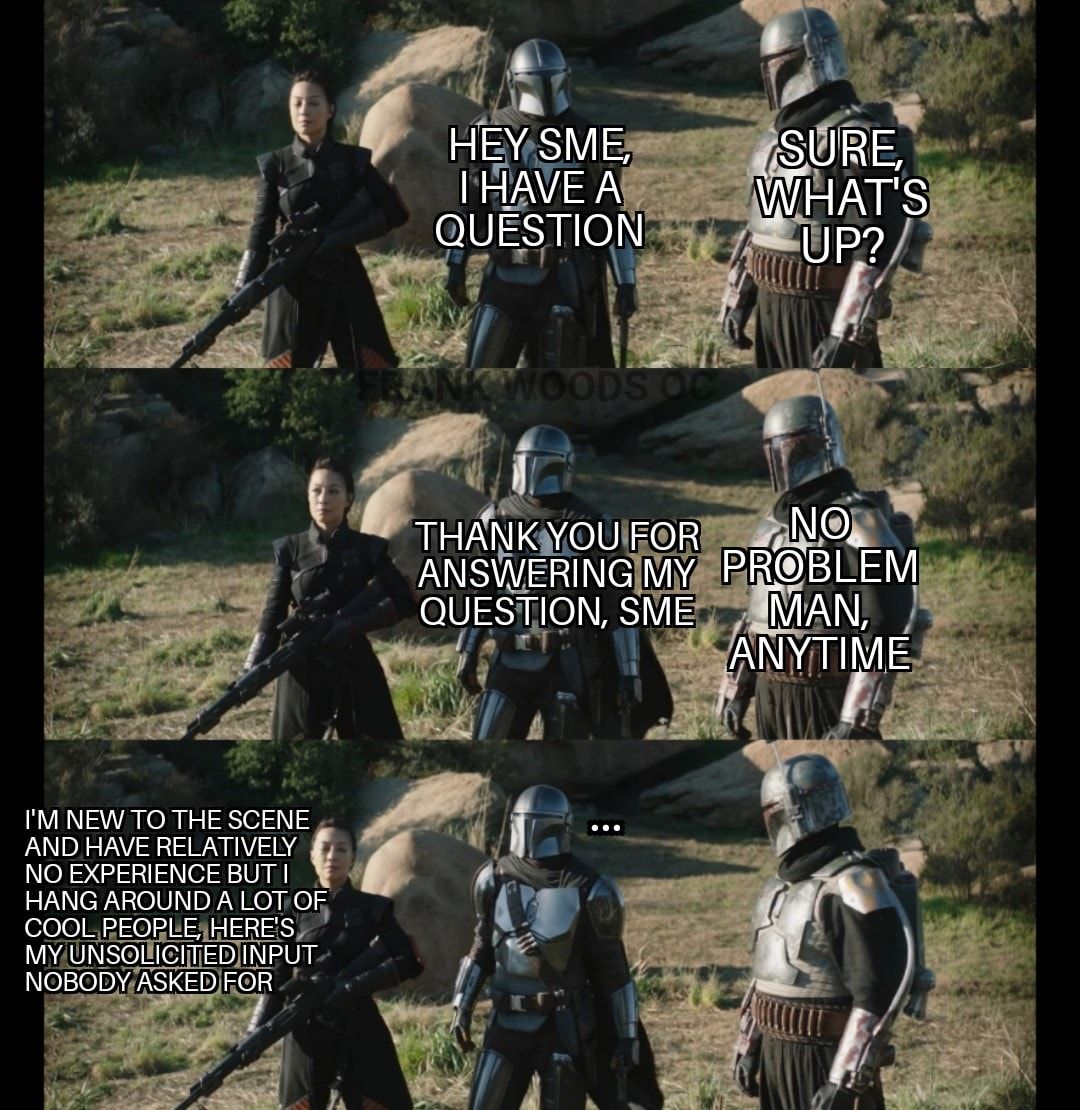
The other side of that problem was that the people in the industry who you wanted to talk to would often be the moderators of online discussions. This would cause a glaring conflict of interest: Those that stood to gain from their participation financially or reputationally had total control of where the conversation should go, what topics to cover, etc.
I’d see recurring instances where “Personality A” would be rocking a piece of gear that was made by “Personality B,” a gun made by “Company C” in a class taught by “Company D” in a facility run by “Personality E,” sponsored by “Company F,” and the piece of gear was purchased from “Vendor G” and was designed by “Personality H.” It would go on and on, and all these people would be staff members that held administrative authority where these conversations were taking place.
If you wanted to talk about a product that was a competitor to that showcased item, you were dog-piled for going against the grain. There was kind of a “good ‘ol boy vibe,” and frankly, that sucked.
Tactics & Applications sought to create an environment where the audience could speak to the “great ones,” be they manufacturers, instructors, or company representatives, vetted and straight from the source, however they were not also manning the staff positions, but treated as special guests whose input was to be given particular consideration. As such, the whole conflict of interest I just described above was bypassed. We also never catered to cults of personality or cared whether or not or who a person knew or socialized with… because we were all doing that in there.
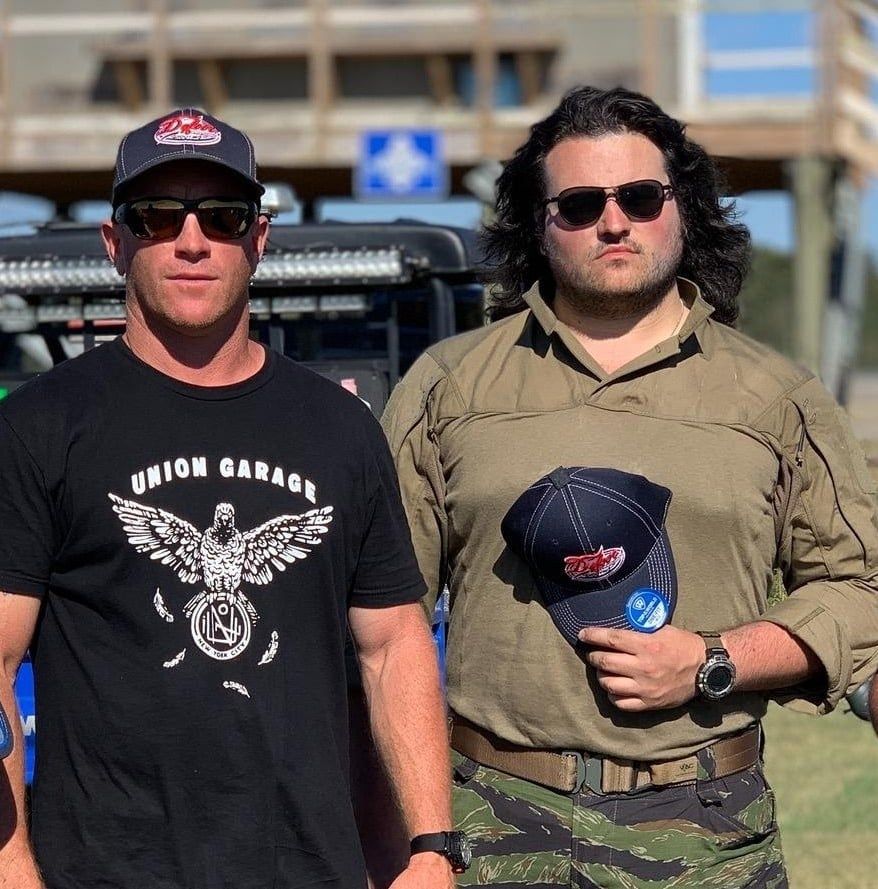
Q: You mentioned “industry giants and “movers and shakers.” It can be hard to know who’s who. I’m curious how do you personally determine who they are versus people who are just affiliated and whose opinions don’t carry as much weight?
Frank Woods, Tactics & Applications – It’s several factors that you have to take into consideration. First, you have to look at their resume. When I was coming up and looking at something like “learning CQB,” as the student, I was encouraged to “go find the person who does that thing for a living and learn it from them.”
Granted, in 2009-2010, you had a lot of GWOT vets coming through with fresh information…Whereas now you’ve got people who flaunt NRA instructor certs, or simply say they were in law enforcement or military like that alone qualifies them, or they do dumb flashy shit for the ‘gram and hang it on “I’m a civilian firearms enthusiast.”
Just because they were in law enforcement or the military does not mean that they are good. It might be a good start to narrow down the criteria on who to learn from, depending on the subject (such as CQB for example). I look at it like if you want to learn to fly, do you want to learn from an experienced pilot or from an aviation enthusiast who has never sat behind the joystick?
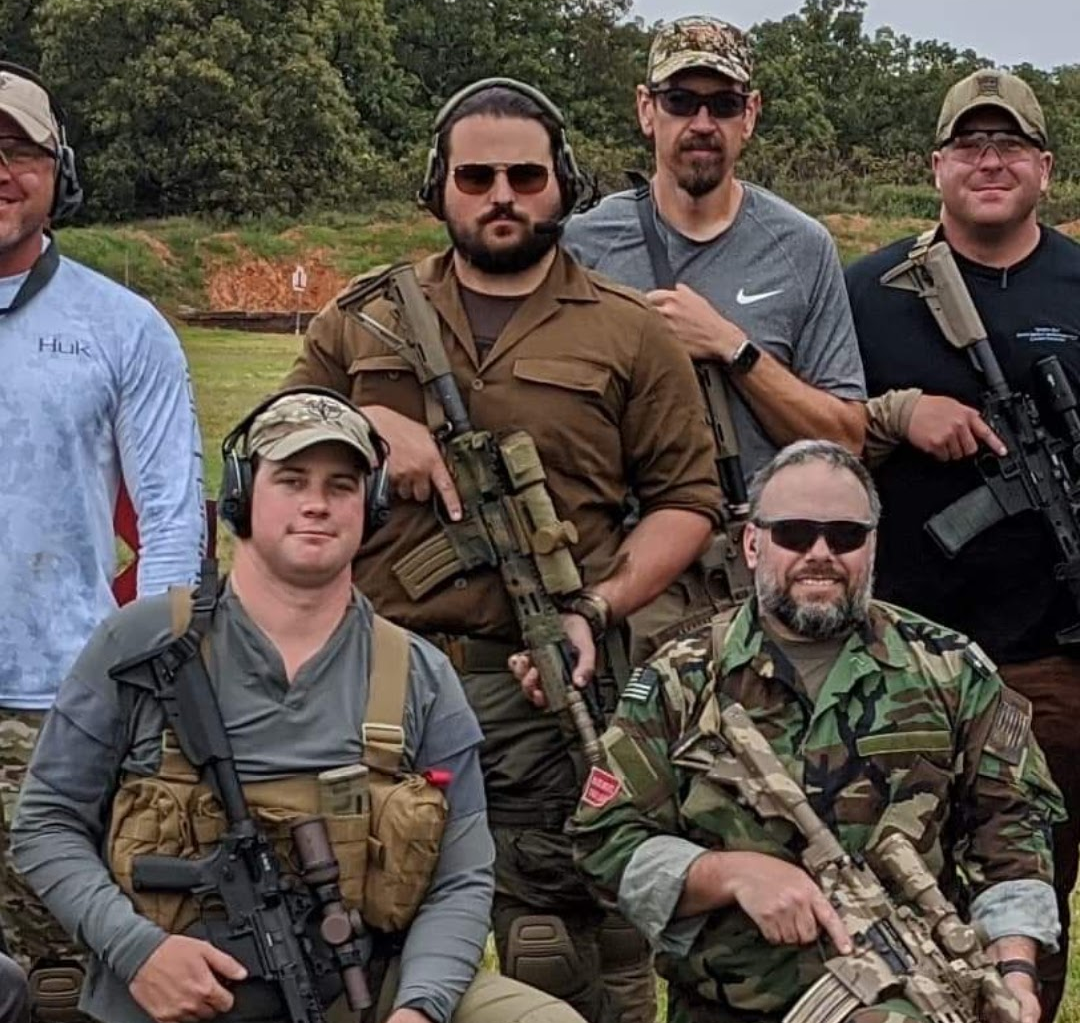
To answer your question, to evaluate a subject matter expert, a part of it is their resume. Where have they been? Where have they gone? From what perspective of experience are they teaching these lessons from? If it is the case that someone else taught them, then there is a pedigree aspect. I want to know who taught them. Where did they come from? How did they learn what they learned? How often were they doing it?
The other thing I want to know is the impact they have on their students. Do students come away from them as more capable, more knowledgeable versions of themselves? Or are they spewing a bunch of bullshit that prevents progress and readiness? Another part of assessing who’s who is how well they know what they are talking about and how long they have been doing/talking about it.
There’s then a another criteria. What do the people surrounding them in the same industry have to say about them? Certain people are hailed as excellent at what they teach. For others, you’ll hear things from their peers as blunt as “this person does it wrong,” or you’ll hear that they are doing something unsafe or using old material. If you start to see a repetition of those themes, that can be a warning sign.
To be very clear, none of this suggests that you need a professional background to teach in the firearms industry. Some things are just as simple as marksmanship. In that case, it really is as simple as smacking steel and putting holes in paper, and how quickly and accurately you can you do that. You’ve got guys like Jerry Miculek and Tim Herron or Mark Smith who are teaching people how to shoot guns. That’s fine.
What is a marksman but an armed citizen? You don’t need a badge or a camouflage uniform. You can get good at shooting on your own. If you can then competently and articulately explain how you can operate a firearm accurately and quickly to other people, that’s great. You don’t need to be a cop or commando. You don’t have to be anyone special to be right. You just have to be right. It also helps if you can demonstrate that you’ve been doing it for a while.
Q: You’re known as someone who’s certainly not afraid to ruffle feathers. Where does that come from? Is this something you try to be, or is it natural?
Frank Woods, Tactics & Applications – It’s a little bit of A and a little bit of B…I was one of the shy kids at school. Being the center of attention has never been a motivating factor. Earlier we talked about dog-piling. You get dog-piled for asking about an alternative to whatever is being pushed in terms of popularity. You ask about the alternative and the hive-mind gangs up on you for it. Eventually, after getting ganged up on enough, you learn how to stand up for yourself and not care if it pisses people off.
As long as I know that what I am saying is factually correct or near as I can get it because I have asked around and done my due diligence, and I am saying it without the intention of hurting anyone’s feelings and making them feel bad, then I don’t care if someone lets their feelings get hurt. I tried, and if you’ve got a problem with that, we can agree to disagree.

That said, sometimes I do say things that stir the pot, and I mess with people all the time. More often than not, that is made in jest. I clown on myself all the time…You have to keep a sense of humor, when things happening around us are increasingly dark, and especially in my line of work. That being said, if someone takes offense, it’s highly likely that that was not my intention, but it happens.
Sometimes I’ll just watch conversation progress online. I’ll see that there’s clearly something that needs to be said, and nobody is saying it. That’s either because they didn’t think of it, or you can tell they are trying to dance around it because they’re apprehensive of backlash. I’ll see that it needs to be said, and I’ll put it out there, but not for the sake of shock or just to get a reaction. Sometimes it rustles jimmies, most times people are glad someone finally said it.
Q: In addition to running Tactics & Applications, you recently made news when it was announced that you had purchased the highly regarded Lightfighter.net tactical forum. How did that come about and what are your plans for it?
Frank Woods, Tactics & Applications – It started out with me wanting to build a website where I could collate all of the material that occurred organically on Tactics & Applications away from Facebook. We wanted to be able to keep that information safe and secure should they decide to restrict us, and secondly, if someone tried to bite our information and credit it elsewhere, we wanted to be able to prove that it had occurred organically in our confines.
If we were going to do a forum, I was going to have shop around for forum software, build it, get people to use it. The last thing I wanted to do was appear in every Tactics & Applications post and encourage them to post what they were talking about on a forum. The solution that I went with was to buy a forum that was already ready to go. Of all the forums out there, Lightfigher is truly the progenitor of the INFORMED online 2A community as we know it today.
It’s a true honor to be the steward of two decades of solid information. It’s truly a gold mine that contains so much solid, vetted information straight from the source. But, while Lightfighter still serves its purpose as an archive, the question becomes how do we increase its utility, not only as an archive, but as a resource that people will still actively turn to and access it for guidance?

At the height of Lightfigher’s “golden age” in the early 2000’s, you had newly minted combat veterans discussing things that were recently relevant. At the same time, the Assault Weapons Ban had just expired. The industry was booming with innovation…Input from those involved in combat was then pushing innovation further, advising the industry on their needs.
Moving forward, what has happened since then? In recent years, we find the 2A community playing defense. The war slowed down. New things were not being discussed. On the industry side, it feels like everything that could be invented has been invented. My point is that there are not as many exciting new frontiers being broached. We’re in more of a refinement phase.
I had to look at this reality and figure out what to do to increase the utility of Lightfigher, to compensate for the lack of traffic and information coming in from the frontlines. I also had to be cognizant of the fact that many past contributors in the military and law enforcement were now retiring. At the same time, those career fields are shrinking due to attrition. Not as many new hires are lining up to replace the guys retiring, and the ones still active aren’t being utilized or deployed the same or as often as they were back in the day. So there’s less professionals with less stuff to talk about.
To modernize, one thing I did was to create an Armory section. This is something that historically Lightfighter did not cater to, not cause they didn’t want to but because they were busy enough at the time. There are people in the industry today that were not a thing back then. Guys like Chad Albrecht at School of the American Rifle, or guys who studied under Will Larson, like Mike Mihalski over at SOLGW…There’s a real passion there, their information is on point, and it only makes sense to include that as we move forward.
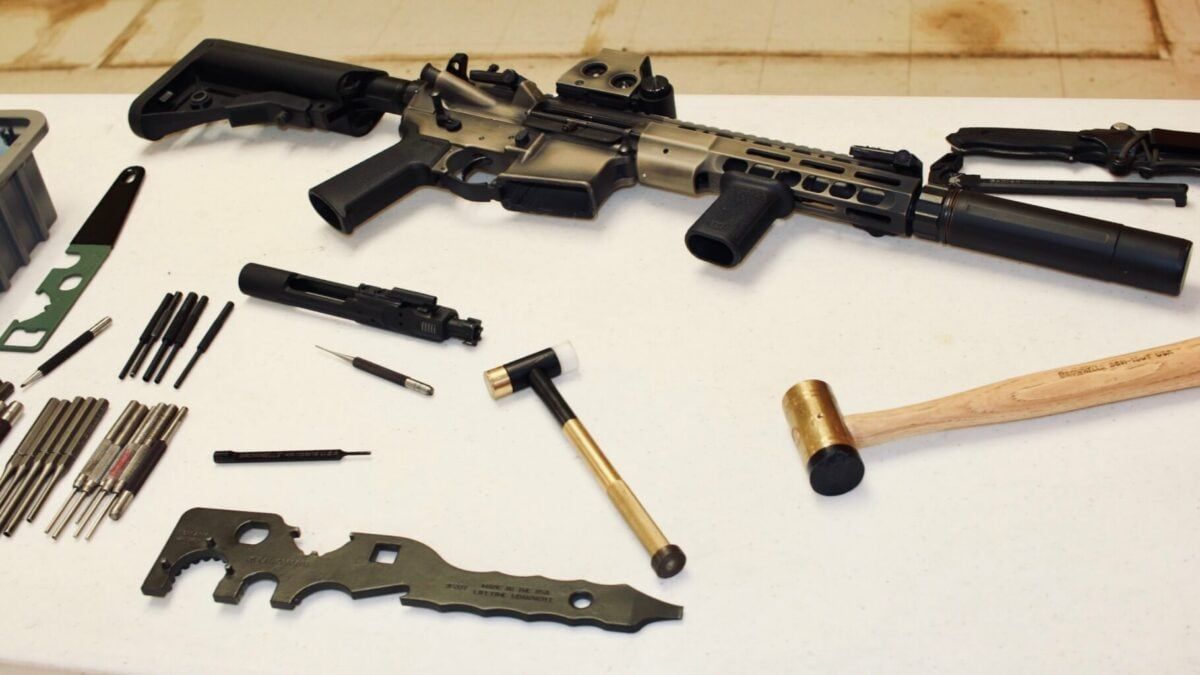
Another thing we added was a competition section. Historically, this is also something that Lightfigher did not cater to. There are two sections. One is for general competition, and the other addresses tactical applications of competitive concepts. The latter addresses information about how the competition world can benefit the professional gunslinger. We know that it allows them to free up their RAM because the information is now stored in their ROM, if that makes sense: they can commit more brain power to situational awareness rather than marksmanship. It’s information that’s worth taking into consideration, and archiving for those who may be interested in the future.
Finally, I looked at the fact that there are a lot more younger people getting involved in the 2A community. This is a good thing. They arrive via different avenues, but however they arrive, they are potentially subject to the ugly side of the law of primacy, or the idea that the first thing they learn is the what they retain best. The hope is we can get good information in front of them first. We want to be able to provide a place where they can learn the right thing, the right way, the first time. They have a place where they can search and read, or they can ask, and bank that what they’re being told isn’t a gimmick lacking context by someone trying to be the “star of the show.”
Q: As we wrap up, can you discuss any plans for the future, and is there anything else you’d like to add?
Frank Woods, Tactics & Applications – In summary, my near future goals are to increase the amount of information, and to be welcoming. In the past, it was a professionals-only environment. First and foremost, it will always be for the professional. However, we do have to be considerate to the fact that there are a lot of young people coming in, and not all of them have professional stuff to talk about. What we can’t do is have Lightfigher simply be a monument to yesterday. It will wither and die. We have to be encouraging and allow new people to come in as long as they are willing to learn.
Everything you’ve ever seen me do, be it Tactics & Applications or Lightfighter…I look at it like if I had to build a self-supplied army and get them wrangled into formation and fighting fit, how well would I want them equipped, both in knowledge and gear? I want to know that person has good equipment that won’t shit the bed, and I want to know that they were trained right, because at the end of the day, we all have each other to depend on. That’s the lens I look through everything I do, and it’s why I keep pushing forward to get good information to those who need it.
###
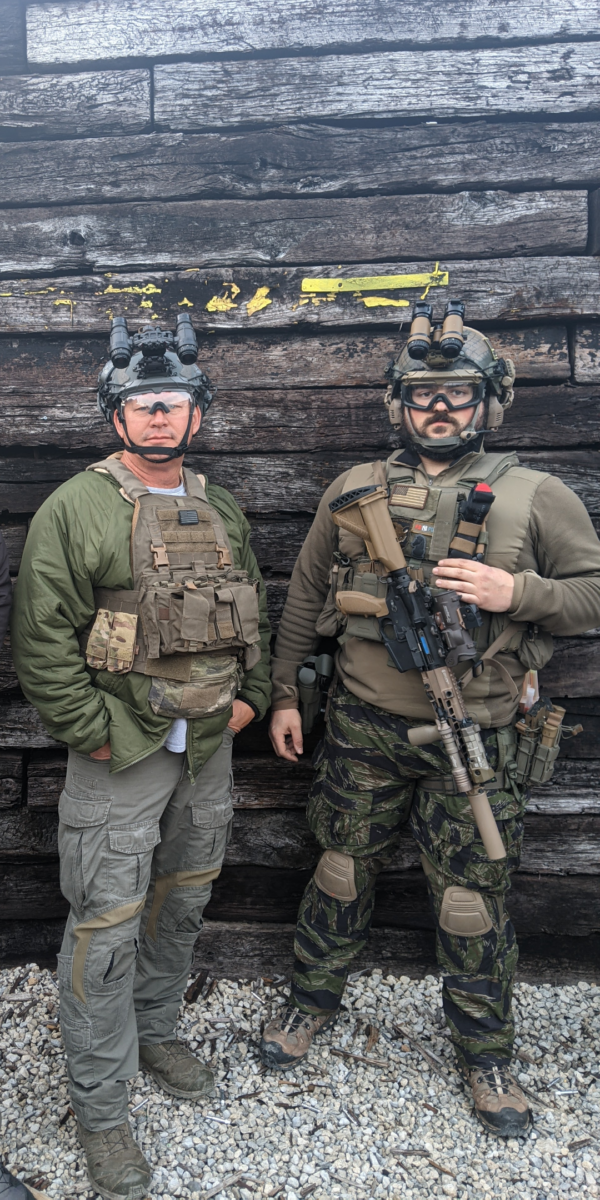

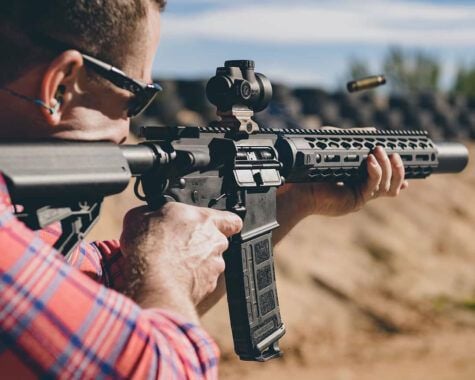
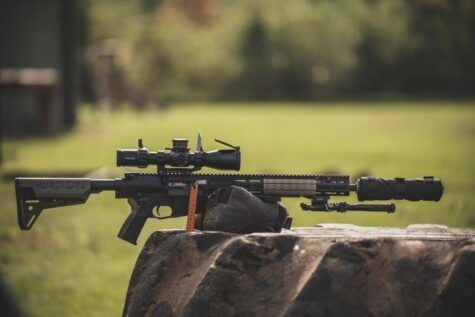


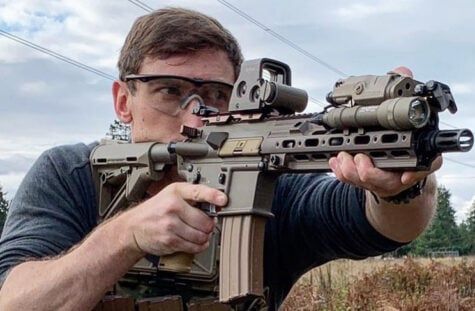
For a guy who has that much experience, he should know long hair is death in a street fight..